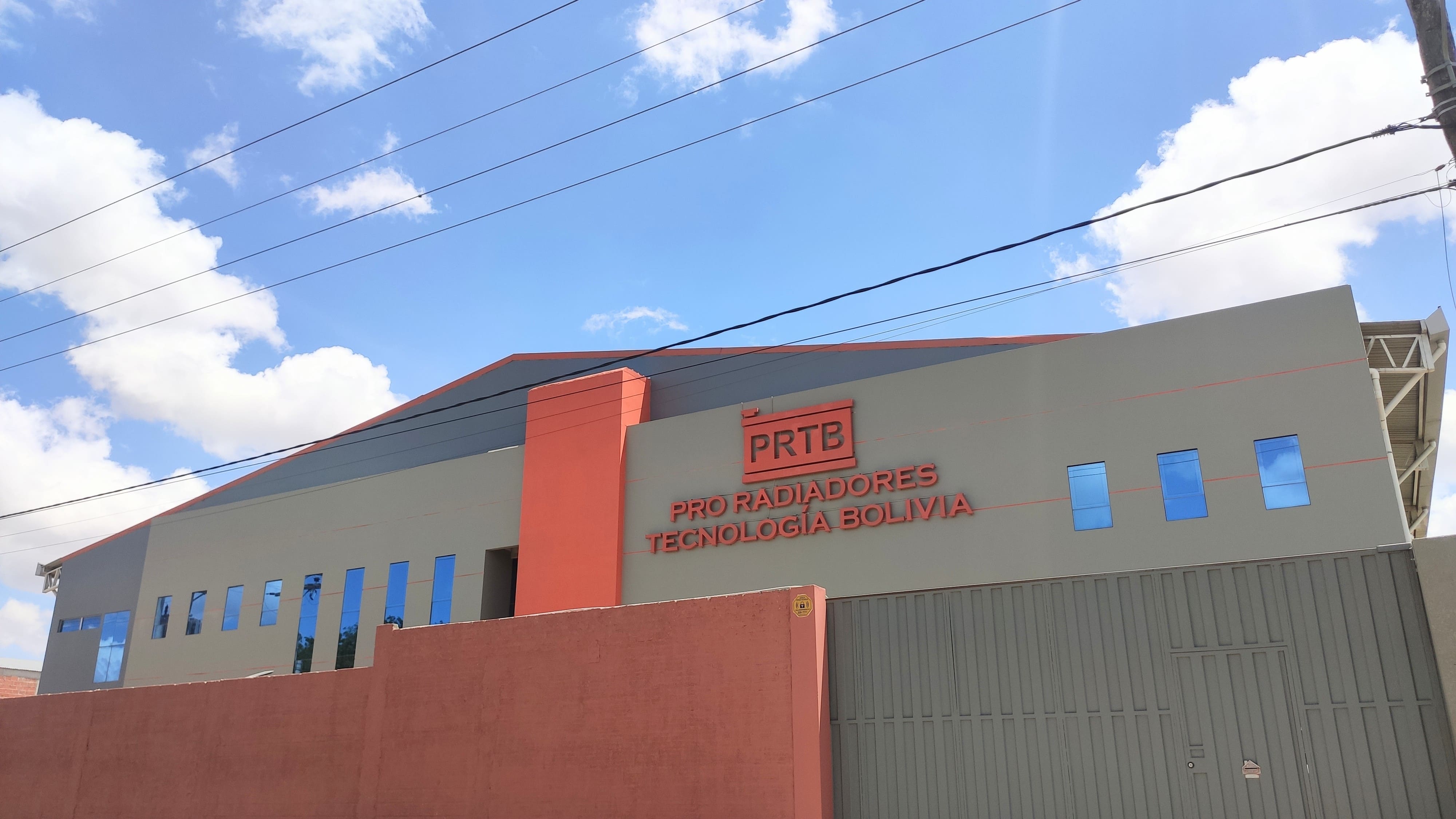
The radiator is one of the most important components of the automobile engine cooling system, which has a great impact on the power, economy and reliability of the engine.
The evolution of modern automobiles has continually placed higher requirements regarding the capacity of the cooling system.
So, the consumer expects to get, either from the original design of a new car or from the maintenance market:
- Improved services.
- Produce radiators that are of higher performance, smaller size, cheaper materials and an operating system that saves more energy.
- Security.
These will meet the needs of engine operation under different working conditions and the global need to save energy, using the limited resources of Earth in the most efficient way and reducing the negative impact on the environment.
This will be a trend development in the future. At the same time, it can also reduce the cost of manufacturing the product and enhance the competitiveness of the company, creating added value.
PRTB is the pioneer of the following fields:
- Specialized in the fields of technology.
- Optimization of production processes.
- Product quality.
- Capacity of a whole line of products.
- Have service locally in Santa Cruz de la Sierra.
PRTB seeks to be the leader in the production of radiators in Bolivia, the first to produce all the components of a radiator. Always seeking to provide the best service with excellent and innovative solutions for the client.
more ›To be the leading company in the manufacture of radiators that adapts to the changes in the market in Bolivia.
more ›Our culture is based on 7 main concepts where we build a close relationship with our suppliers, our clients and our employees.
This is what allows us to become better and be able to achieve the goals of sustainable development.
The quality of a product is what the final consumer will perceive.
A high-quality product is what exceeds your expectation.
We are in charge of the production of radiators core for the following product line:
-Agricultural
-Automotive
-Industrial
Custom-made, high-quality products, with fast deliveries and the most affordable price, to meet your needs.
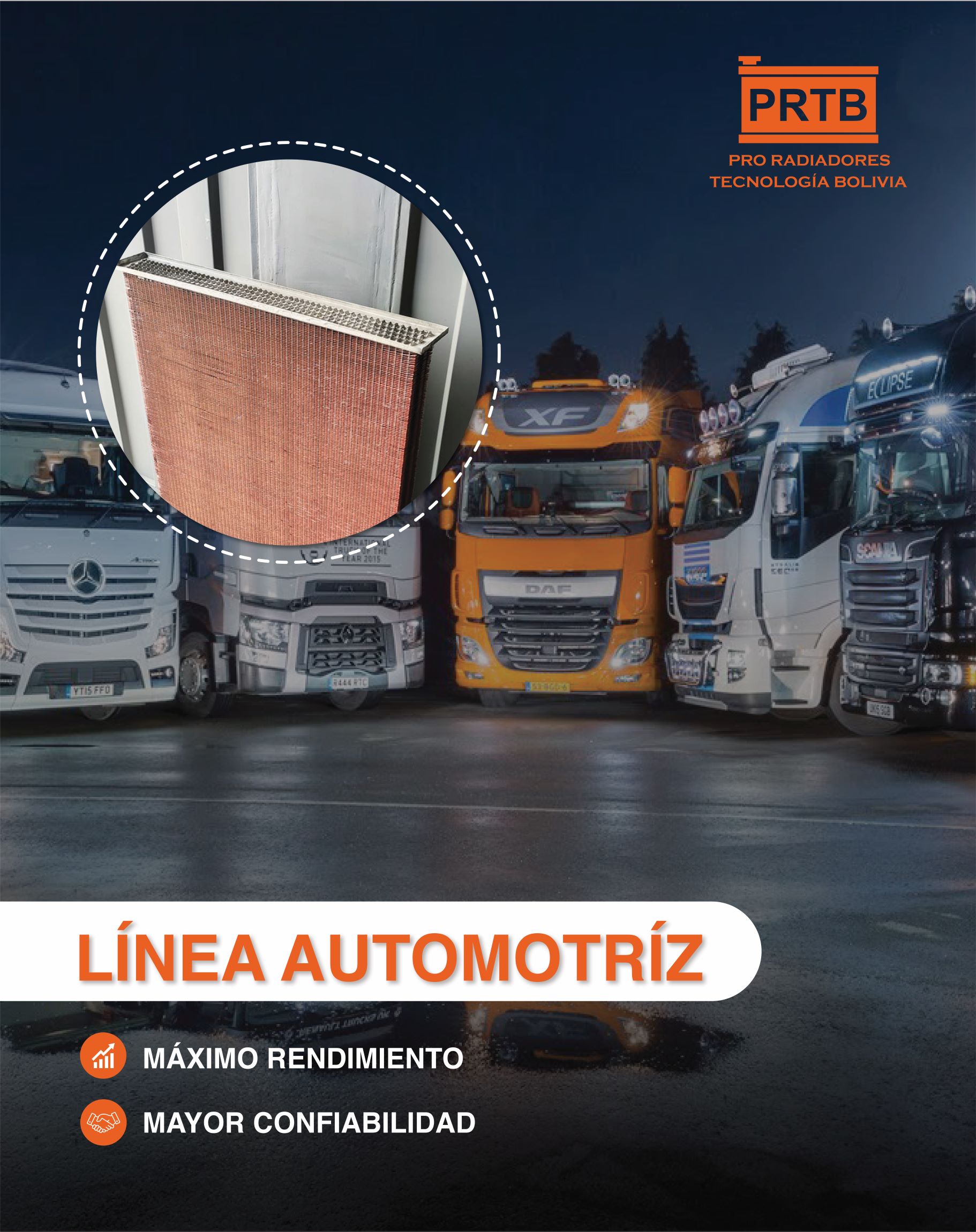
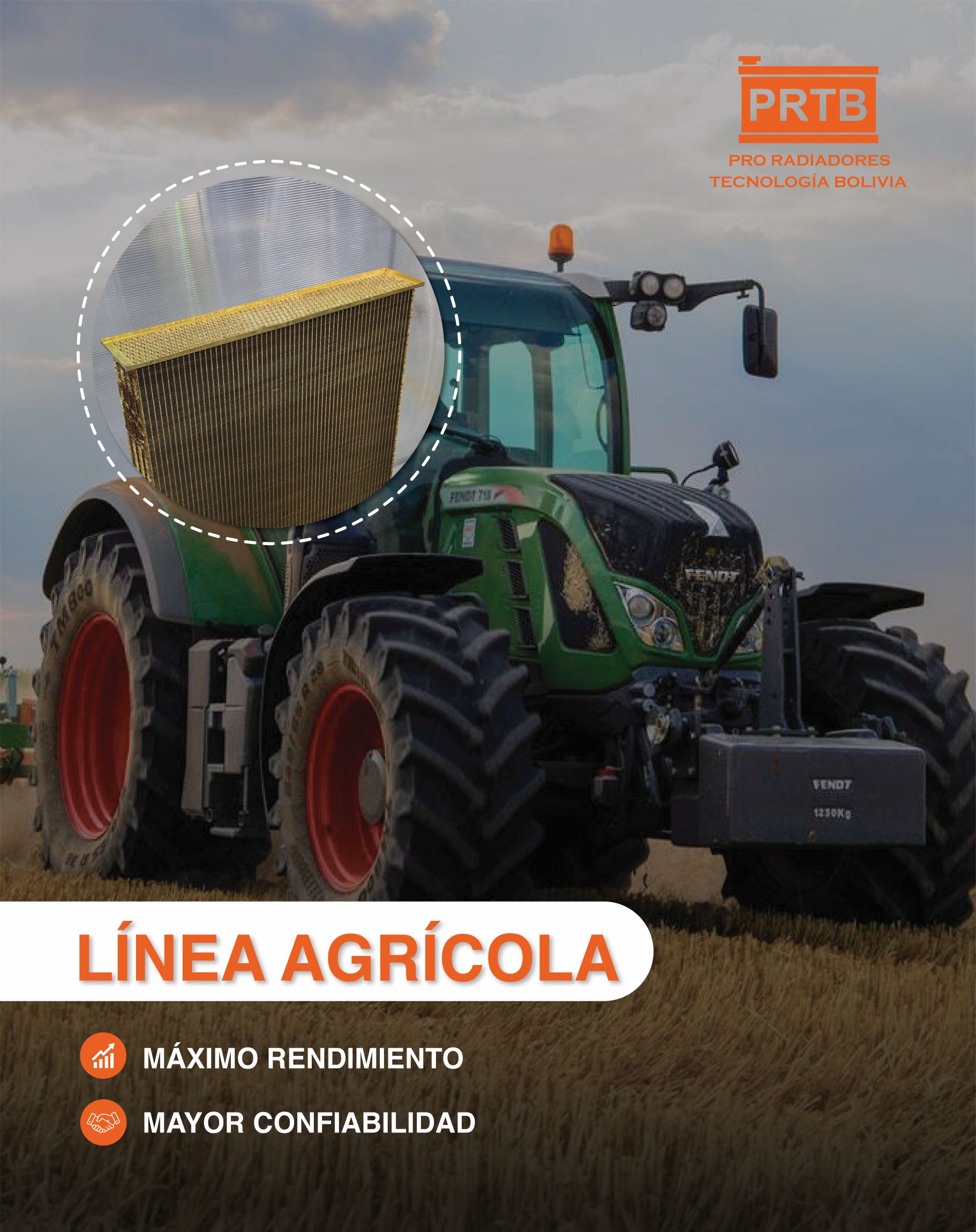
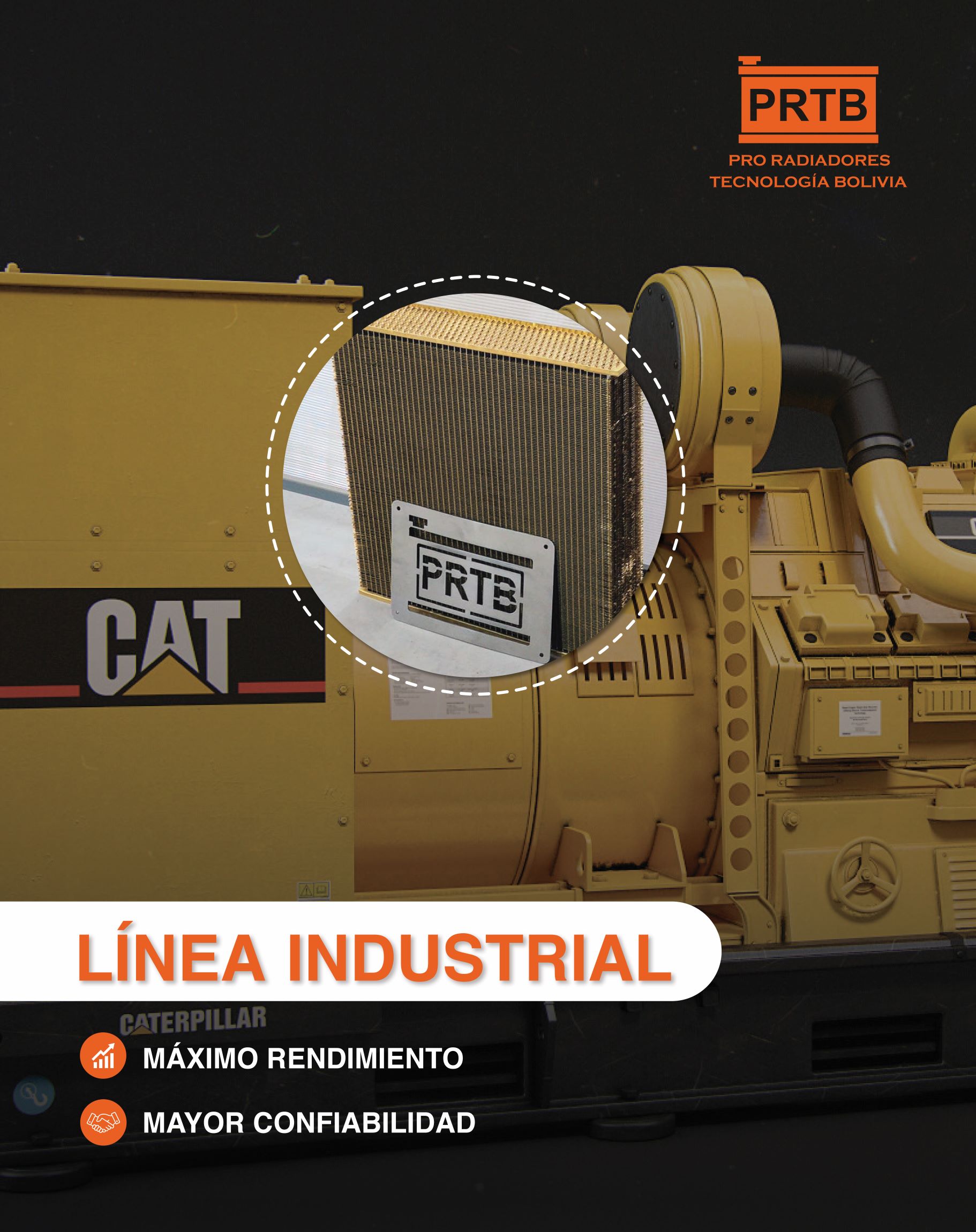
Radiators have one main function and that is to lower the temperature of the coolant, from inlet to outlet, before returning the coolant back to the engine. The better the radiator's ability to lower temperatures, the more efficient the core or panel and airflow characteristics.
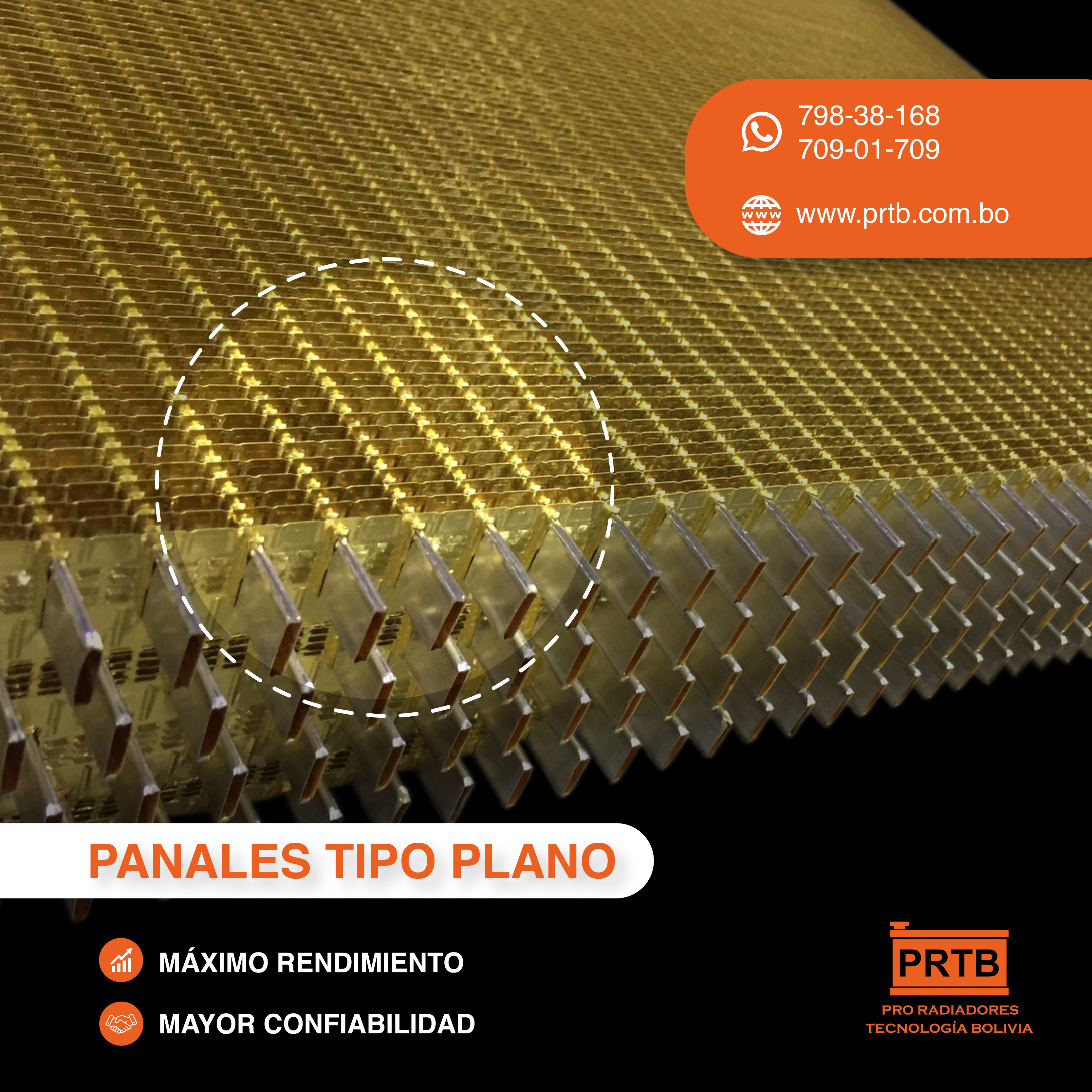

Tube spacing 12 mm
Largest measurement allowed: Height x Width
Number of rows : 3 ~ 8
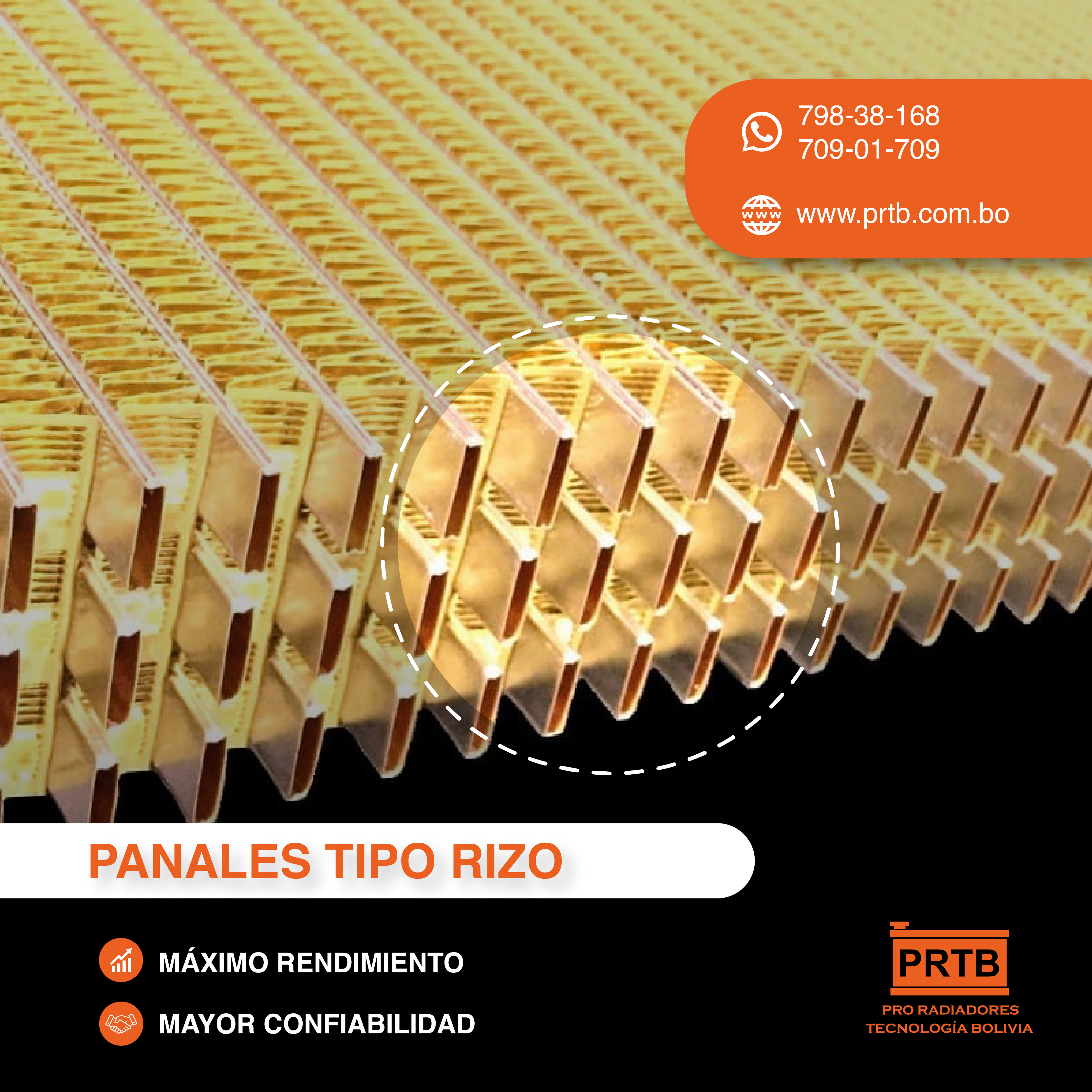
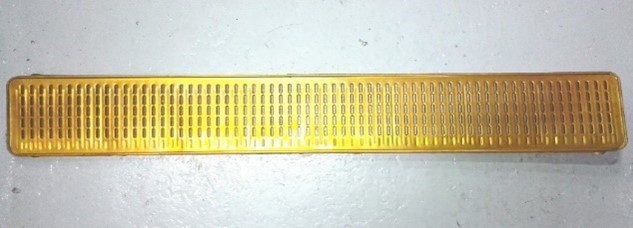
Tube spacing 11 mm
Largest measurement allowed: Height x Width
Number of rows : 2 ~ 7
The fins are sheets, generally made of copper, that help to generate the effect of heat dissipation thanks to the fact that creating sufficient turbulence of the air that enters the radiator, this effect generates a better heat dissipation.
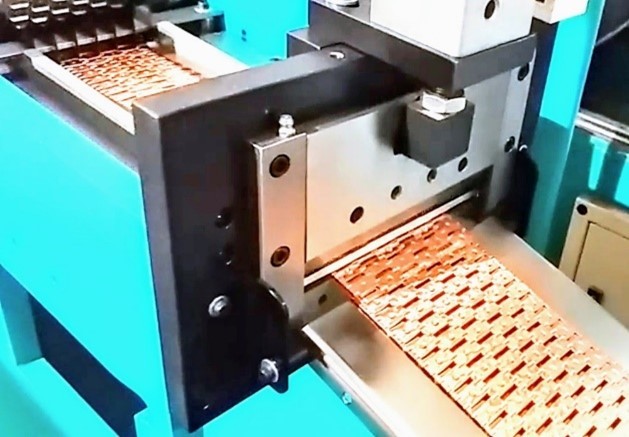
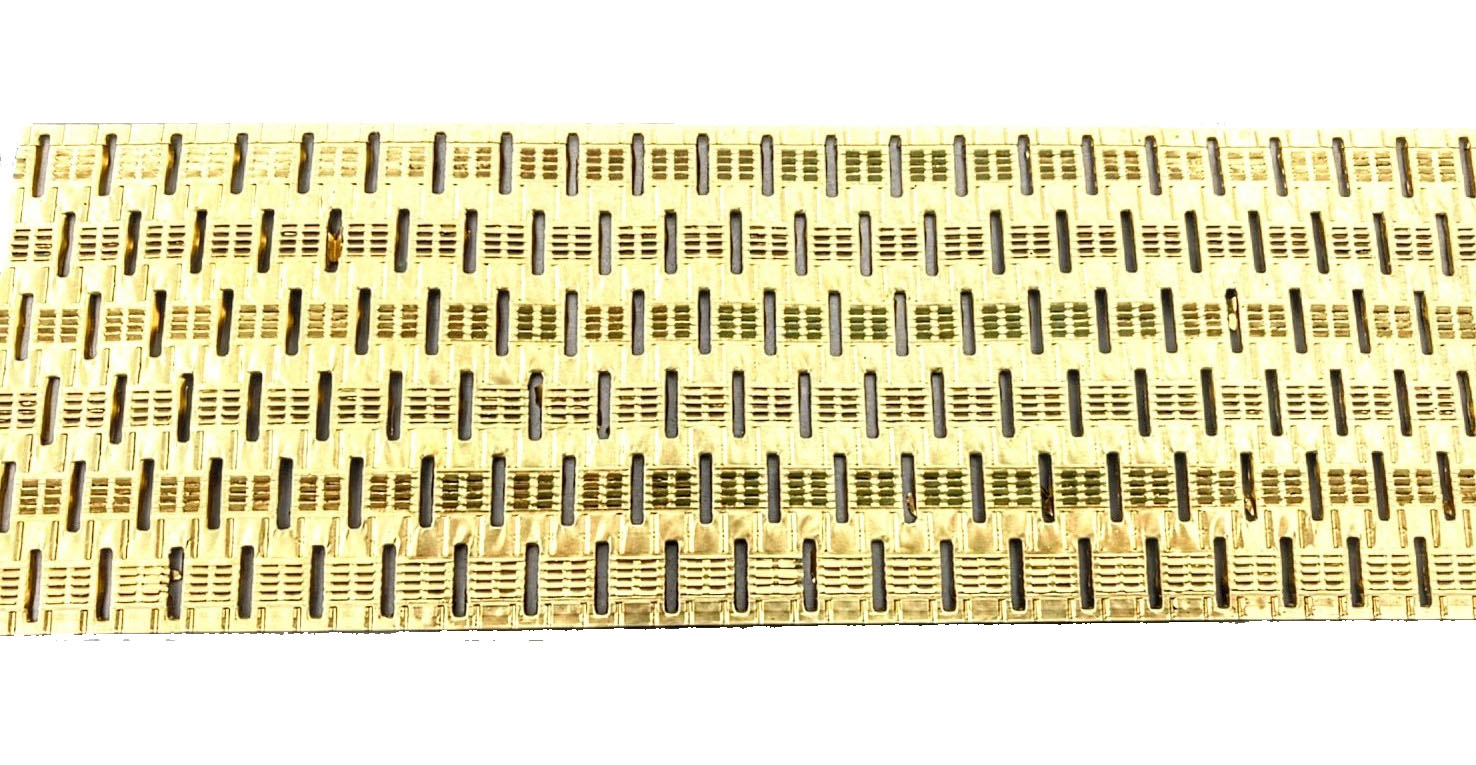

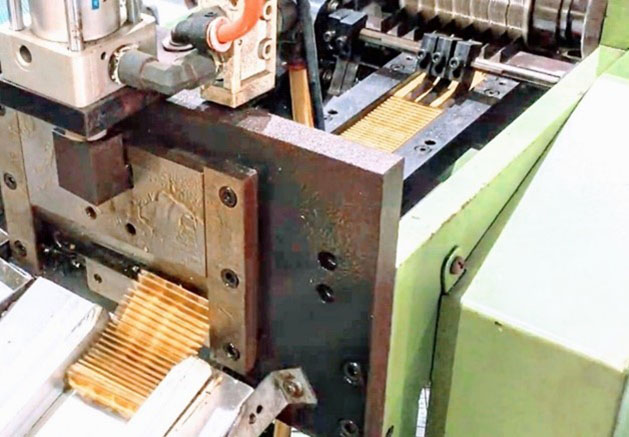
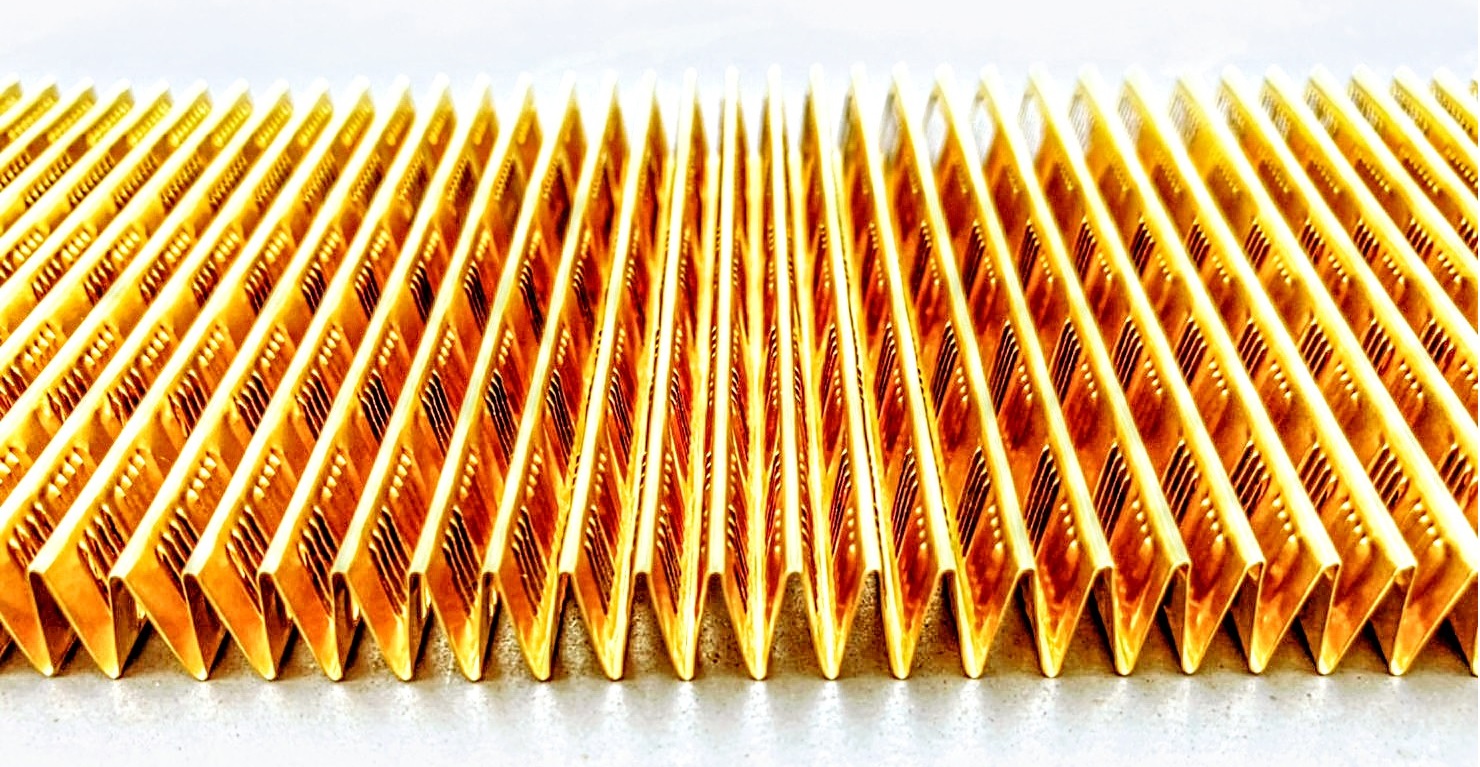


They are tubes through which the refrigerant fluid passes. The coolant fluid, which comes from the engine at a high temperature, is passed through one end of the tubes that, when exiting the other end, at a cold temperature, is deposited in a tank to be used again in the process of necessary cooling for the engine.

Pro Radiadores Tecnología Bolivia manufactures OEM products, in which OEM stands for Original Equipment Manufacturer.
We are an ODM company, which means Original Design Manufacturer, as our brand is designed and produced by ourselves.
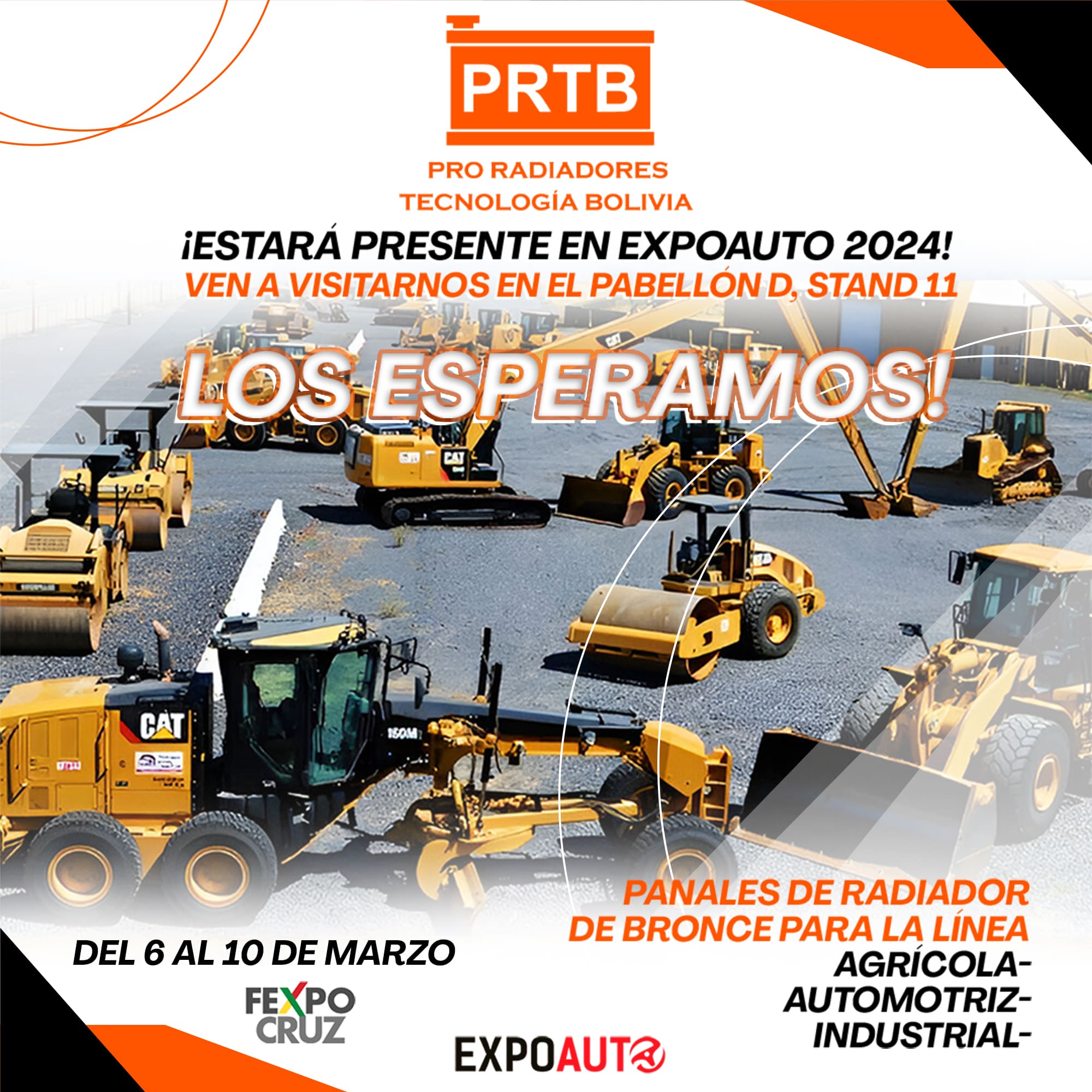
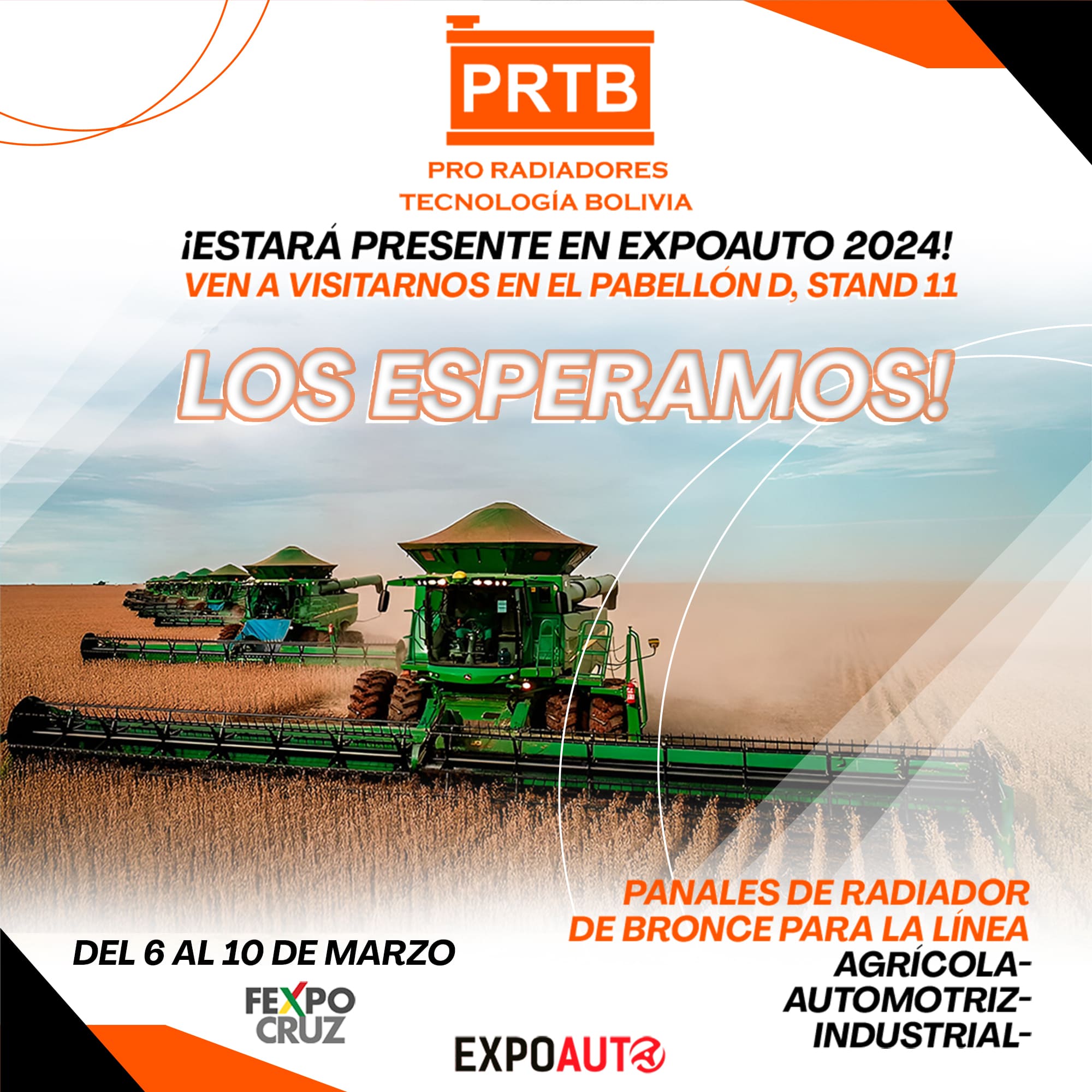
History of Car and Truck Radiators
First Generation (1900s - 1970s)
Copper/Brass 100%
From the birth of the earliest automobiles to the early 1970s, radiators made from copper and brass were in 100% of cars and trucks. There was no good reason to use anything else because nothing else could compete with the metal's many advantages.
Second Generation (1970 - 1990s)
Aluminum Gains, Copper/Brass Still Leads Market
In the 1970s, the radiator environment changed. Early in the decade, Volkswagen decided to go from an air-cooled engine to a water-cooled engine. A few years later, in the wake of the world oil crisis and urgent calls for ways to reduce fuel consumption, major automobile manufacturers in Europe and the U.S. began making cars and trucks with lighter materials.
For radiators, this translated to aluminum, which is one third the density of copper/brass and can handle heat fairly well despite its many shortcomings. In its raw state (although not as radiator strip), aluminum is also less expensive. These qualities - along with dire, albeit unrealized, predictions of commodity analysts that copper/brass would be in short supply in the 1980s - created a wave of enthusiasm for something new.
As a result, over the past 20 years, aluminum has taken first place as the metal for radiators in new cars (56% - 44%), even though copper/brass still holds a two-thirds majority of the overall radiator market. In the aftermarket copper/brass reigns supreme with 89%.
Third Generation (1990s - 2000s)
Technology Takes Copper/Brass Further
While aluminum was growing in use in new cars and trucks, the copper/brass industry began looking at ways to improve the traditional copper/brass radiator with the goal of competing aggressively against aluminum which began to manifest several disadvantages as a metal for radiators.
When corroded or damaged, for example, aluminum radiators are far more costly to repair than copper/brass radiators. Moreover, aluminum radiators are particularly prone to coolant-side, pin-hole corrosion. When this occurs, the radiator is irreparable.
Although the research took time to develop, by the early 1990s the copper/brass industry had identified several new technologies that would make the difference in producing a lighter, stronger, more durable copper/brass radiator. Among them are laser welding, no-flux (no lead) brazing and electrophoretic coating.
Using these technologies, the copper/brass industry, in cooperation with major automobile and radiator manufacturers in the U.S., Europe and Japan, has designed an advanced radiator that is lighter, more compact and more durable than anything currently in use worldwide. Now in the first stages of field testing, it could be available in cars as early as 1995.
Future Generations
Optimized Copper/Brass Becomes the Measure
Radiators will continue to improve in quality and design in the future, but for the years immediately ahead the advanced copper/brass radiator is the next best step in the evolution of an essential technology for motor vehicles. Taking advantage of copper's inherent strengths, it may soon recapture market shares for new car and truck radiators that have shifted toward aluminum.
PRO RADIADORES TECNOLOGÍA BOLIVIA S.R.L. (PRTB S.R.L.)
AV. 7MO ANILLO, NRO : S/N BARRIO PARQUE INDUSTRIAL UV PI MZA 53, ENTRE AV. MUTUALISTA Y AV. VIRGEN DE LUJAN FRENTE A LA LAGUNA DE OXIDACION LOTE 9 Y 10
SANTA CRUZ - BOLIVIA
Mobile : +591 798 38 168 (VENTAS)
Mobile : +591 709 01 709 (FÁBRICA)
Email : prtb.service@gmail.com
NIT: 327280025
To make inquiries via email, complete the following form and select the area with which you wish to communicate.